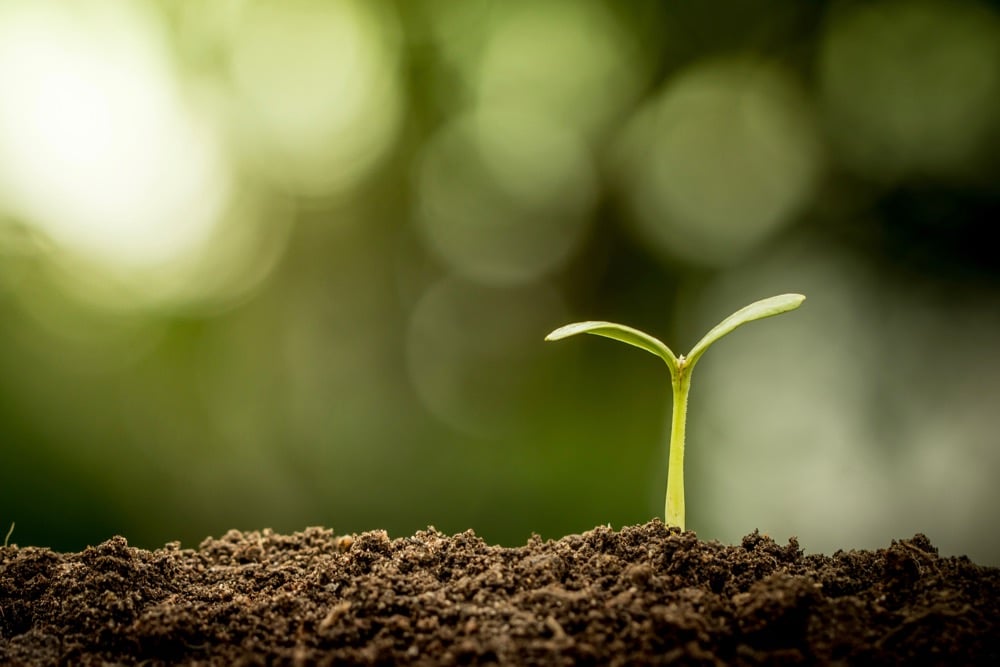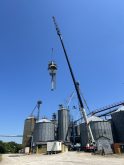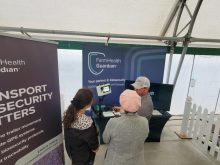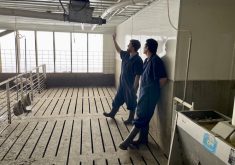Microsoft has put significant resources into agriculture, with the aim of reducing costs of sensor technology and finding inexpensive ways to increase data connections in fields.
Why it matters: Non-agriculture companies can bring new approaches and expertise to agriculture technology.
Ranveer Chandra, chief scientist of Microsoft Azure Global, leads the FarmBeats project for the company.
Chandra, who has a doctorate in computer science from Cornell University, looks well beyond North America’s farmers when developing technology, but most of it is trialed in the United States and will be useful there.
There’s little question that precision agriculture can make farmers more efficient and reduce the use of expensive inputs that are harmful to the environment if over applied, says Chandra.
“It hasn’t taken off and the biggest reason is the cost,” he said during the recent Canada’s Digital Farm Show.
Chandra attended an agriculture expo recently at which companies talked about their agriculture technology solutions and the least expensive was $8000. For something data and sensor-based, farmers need to have an inexpensive entry point that can show them value.

Chandra’s s not only talking about farmers who pay a lot for large equipment, but also small scale farmers in places like India where he was raised.
He’d spend time at his grandparents’ farm each year and hated it. There was no electricity and a lot of hard work. Farmers like those can’t afford thousands of dollars for sensor technology. But now, most of them have smart phones, so Microsoft is working on ways of inexpensively aggregating data and feeding it in useful ways to farmers’ smart phones.
There are several streams in Microsoft’s agriculture system.
One is looking at using TV signal white space to broadcast data signal.
Especially in rural areas, there aren’t that many television channels broadcasting. The excess signal space is available everywhere, including in the middle of fields.
Read Also

Ontario’s agri-food sector sets sights on future with Agri-Food 2050 initiative
The first-ever Agri Food 2050, a one-day industry event dedicated to envisioning the future of food and farming in Ontario,…
One of the largest challenges with field-level sensors, such as moisture sensors, is to connect them to a data network. It’s difficult enough to get decent internet at a farm house, let alone in the middle of a field.
Twenty channels of white space can be half a gigabit of capacity, which is enough to stream video, drone images and data from sensors.
The use of wifi transmitted through TV signal white space is now legal in many countries including Canada, says Chandra.
If enough of the information can be moved from the field to the home or office computer, it will be a challenge to then move that information somewhere else, or into the computer cloud for analysis, with slow rural internet.
That prompted Microsoft to develop a computer for processing data on a farm so there is less need for moving vast volumes into the cloud.

Only the processed and valuable data is then moved onto the internet for distribution to other devices, equipment and partners.
Microsoft calls its local processor the Azure IoT Edge. IoT stands for Internet of Things. The company’s platform is FarmBeats and Chandra says it is set up so that many potential sensors like those made by Pessl Instruments can seamlessly integrate data into the system. Other companies can build upon the FarmBeats system, says Chandra.
Moisture sensors are another example where there has been low adoption and Chandra says they suffer from a few problems. The first is that they are expensive when many need to be purchased to cover a larger acreage, especially because they need to be connected to have value.
Microsoft recently won awards for its Strobe technology, which uses wifi signals passing through soil to measure soil properties. Such technology would make soil sensors less expensive, he says.
The company has also used drones to create data to feed into artificial intelligence processing so fewer sensors are needed to create field-wide data.
Drones are well-used in North America, he says, but there are challenges in other countries including cost and the fact that the defence department controls drone approvals in some areas so civilians aren’t allowed to use them.
As a result, Microsoft floats balloons into the air with inexpensive cameras on them to collect data, which they call the Tethered Eye. The inexpensive helium balloons stay up for four to seven days and provide an option. One farmer at a farm Microsoft uses for testing near its Seattle headquarters uses the balloons to spot bears – which prefer red lettuce to green, so that bear control measures and harvest timing can be perfected.
Chandra says Microsoft understands that using more technology in agriculture will demand more people with those skills and so it is providing agriculture skills kits to schools, 4-H and Future Farmers of America groups to encourage more young people to choose agriculture as a career.















